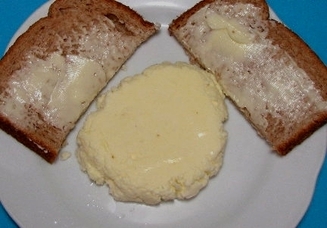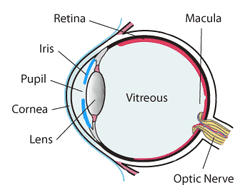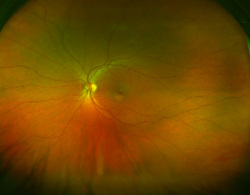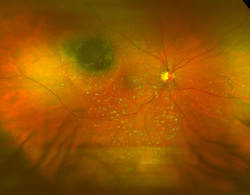
Butter has been a part of the human food sources since very early history. Essentially, butter is made from the milk produced by many different mammals. The dominant basis for butter today is the milk from cows. But, milk from sheep, goats, buffalo, and yaks is common in some parts of the world.
Milk is a water-in-fat emulsion, which simply means that milk and cream contain butterfat in microscopic globules. These globules are surrounded by membranes of phospholipids and proteins. Cream is the portion of whole milk that has a higher level of butterfat that is less dense and naturally rises to the top of milk. This is collected and is the starting point for butter.
Butter is produced by mechanically breaking the membranes surrounding the fat globules and allowing the butterfat to form one continuous solid. The finished product contains free butterfat, butterfat crystals, undamaged fat globules, and water. The composition depends on the manufacture and variability of the starting ingredients. In the video I refer to lactic acid fermentation and that is a common practice in some European countries and the butter produced this way is called cultured butter. In the US the butter is typically not fermented and is called sweet cream butter, and is available with and without some salt added. And although buttermilk is separated out from the butter during the process, most buttermilk is made from fermented skim milk.
The butter that we buy in the store has water contained in the butterfat and varies from about 15 % to as high as 30%. Butterfat as an ingredient is a mixture of triglyceride, derived from glycerol, and several fatty acids. Butter can spoil, or become rancid when these fatty acids breakdown to form smaller acids such as butyric acid which is a pungent smelling and disagreeable tasting chemical.
There is a considerable amount of controversy concerning the use of butter and the substitute, margarine. And although this is not the subject of this post entry, I have a link to the Cleveland Clinic for an overview here. Let’s make some butter!



 RSS Feed
RSS Feed
